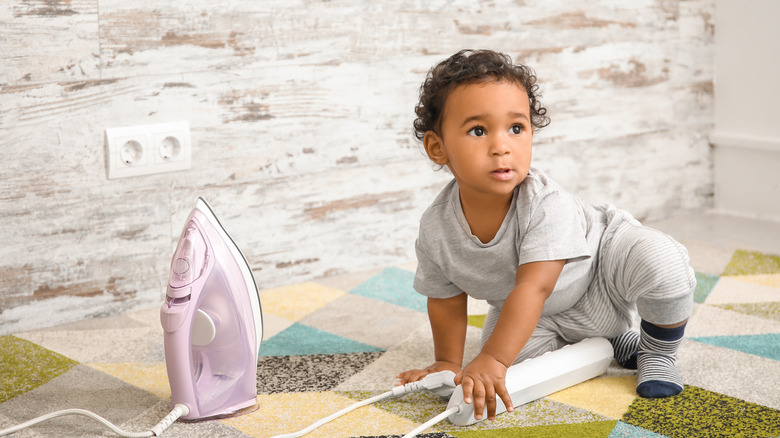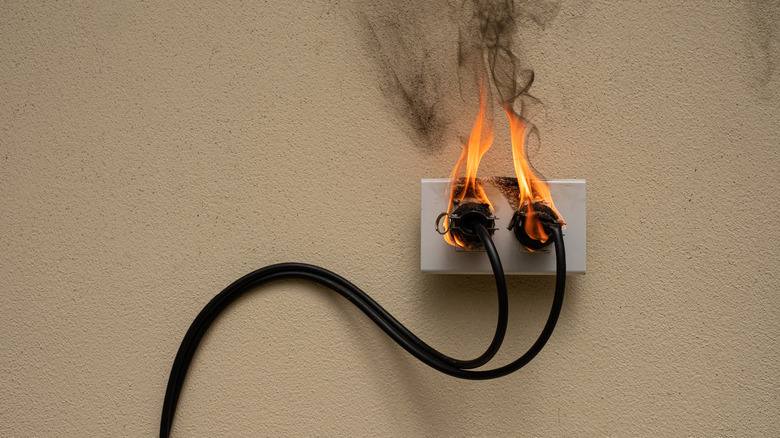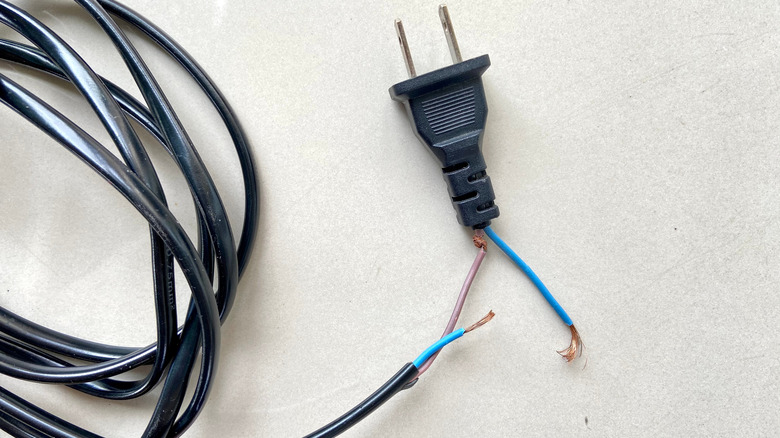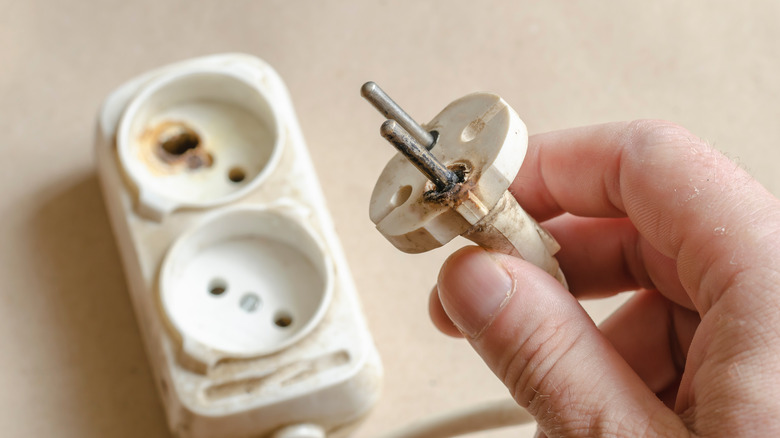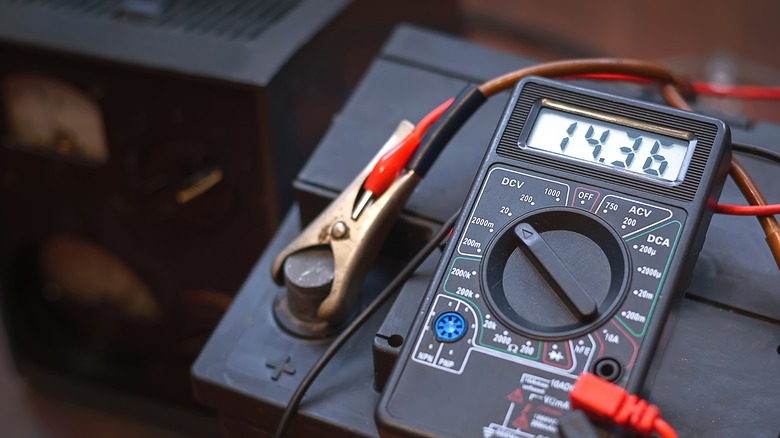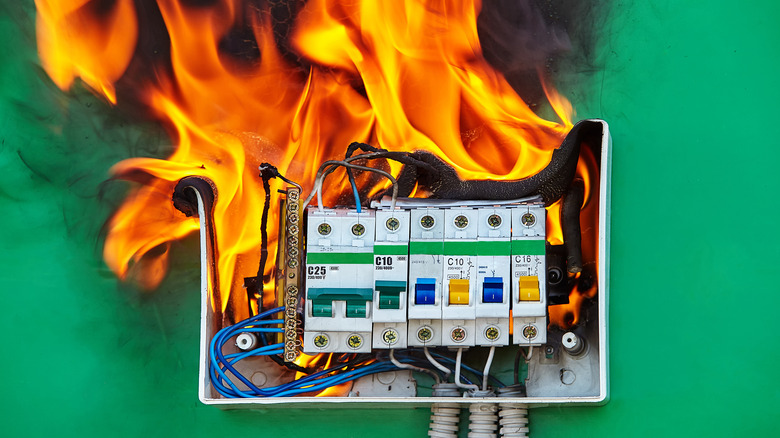Why You Should Stop Using Extension Cords Immediately
Even with the advent of wireless technology, the use of extension cords, aka cables, is still prevalent in many homes and offices. A recent forecast by Allied Market Research explained briefly how the extension cord market will increase by 6.5% CAGR by 2030, reaching $262.54 billion. And it makes sense because this electrical accessory has become a part of our lives.
When Salon Privé Magazine explained why extension cords are beneficial, they lauded these cables for delivering electricity to unreachable places, promoting the use of multiple devices in one place, and saving money. Unfortunately, these cords have made headlines repeatedly for claiming lives and properties. The Electrical Safety Foundation International estimated that about 3,300 home fire outbreaks are caused by extension cords every year, catalyzing over 270 injuries and killing more than 50 people.
Horrifying, right? We will delve even deeper into the subject to show you why you should stop using extension cords immediately.
Unexpected short circuits
As detailed by the Ken Institute of Executive Learning, the following is an account of the Haryana fire blaze, one of the worst fire accidents in the world. On December 23, 1995, over 1,500 cheery parents and children were present at the Rajiv Marriage Palace compound for the Annual Day celebration of DAV Public school in the Indian state of Haranya. Suddenly, a fire broke out, killing more than 500 people, including children. During investigations, authorities determined that a short circuit in an electric generator had started the fire.
What is a short circuit, you ask? First, a quick science lesson. According to Pacific Sheet Metal, two wires make up a circuit: a hot wire and a neutral wire. The former carries negative charges, and the latter, positive charges. If there is a flaw in the wiring, a current can divert to a different path — a path that may be less resistant. In this scenario, the circuit may overload, overheat, and melt the cable's protective plastic component; and in the worst-case scenario, lead to electrocution and fire outbreak, via PortablePowerGuides. Electricians call this a short circuit, and it is what makes extension cords hazardous.
Extension cords are subject to wear and tear
Short circuits don't just happen out of the blue. Extension cords deteriorate over time because of the everyday conditions they are subjected to; these conditions don't even have to be as extreme as a hurricane. The most mundane activity like routinely stepping on the cord, pulling out the plug from the socket, or leaving the extension cord outside over time can cause damage to the device. Shockley Electric shares a similar opinion, and they even add that closing the door on it can condemn its protective casing.
Long extension cords are more subject to this because the longer the cable, the more tangles will occur, and the latter, as you know, often leads to knots. Leaving the cord tangled or rolled up when in use can strain the device and eventually cause damage to the protective casing, via SFGate. And as we have learned so far, these circumstances do no one any favors.
Counterfeit products
Buying a cheap counterfeit extension cord is a bad idea. It doesn't matter how low the price is because the risk will never be worth the savings. Several fake extension cords are terribly designed; they cannot protect users from the possible dangers associated with electricity. According to the U.S. Consumer Product Safety Commission, so many of these extension cords on the market claim to be from brands of high repute, but are revealed to have undersized wiring or no fuse for overcurrent.
In fact, investigations by CSA International showed an extension cord named Encore, which bore a counterfeit registered trademark belonging to the regulatory body, was wired with reverse polarity, posing a significant potential electrocution hazard for users. The CSA put out a safety alert asking consumers to stop using it immediately.
State Farm agrees when we say that you should only use extension cords approved by an independent testing laboratory. It's also good practice to search online for any claims and reports against the company or brand from which you intend to purchase.
Voltage drop in long cords
The Electricity Forum explains that in every length of a wire, some level of resistance is imposed on the flow of current. Therefore, running current through this resistance may cause the voltage to drop. The longer the length of the wire, the higher the resistance offered. Hence, this is a common problem associated with extension cords with long cables.
A voltage drop happens when the voltage at the service end of an electrical device is lower than the input power. When this happens, the cord may not be able to deliver enough voltage to run the appliance plugged in, according to SFGate. You will notice lights flickering or burning dimly, heaters offering cold air instead of hot, and motors running hotter than usual. In general, electrical appliances with less voltage pushing the current will work harder to be effective, but over time, they will operate poorly or breakdown completely.
Arc faults
Imagine you just purchased a new red couch off Amazon and decided to move it into your living room without help. Turns out it's too heavy, so you mistakenly drop it on an extension cord, and a wire snaps. This breach in wiring will cause an electric current to divert off its intended path. The National Fire Protection Association, per House Logic, recognized this as a leading cause of electrical fires, otherwise known as an arc fault.
It doesn't always take something as extreme as a heavy couch to cause an arc fault. According to Enespro PPE, accumulated dust can also cause arc faults. When dust builds up over months or years, it causes an impediment in the path of an electric current. This faulted path then veers current to a different conductor, creating an environment for potential electric hazards. This explains why arc-fault circuit interrupters (AFCIs) were designed and made mandatory on circuits covering living areas, like the bedroom, in new houses, via Nema AFCI Safety.
Pro tips
Extension cords have always been a household staple, and adjusting to other safer alternatives may be challenging. In the interim, we can follow the precautionary measures given by the National Fire Protection Association to prevent our extension cords from being potential fire hazards. One of these is not using extension cords as permanent fixtures, especially for major appliances like refrigerators, deep freezers, etc. Use an extension cord or power strip that matches the wattage rating of the electrical device. Pro tip: It should not be lower or equal to the wattage rating of the appliance.
Another check is to avoid covering extension cords or fixing them under rugs. The Electrical Safety Foundation International strongly advises against covering the cord — saying if you do so, heat cannot escape, which may increase the risk of a fire outbreak. Keep extension cords indoors and unplug them when not in use. If you need to leave it outside, get an outdoor extension cord, they are typically marked with "W," says PortablePowerGuides.
